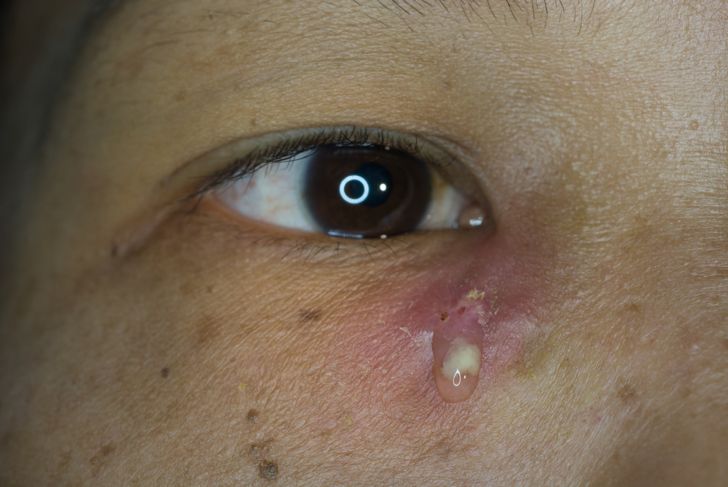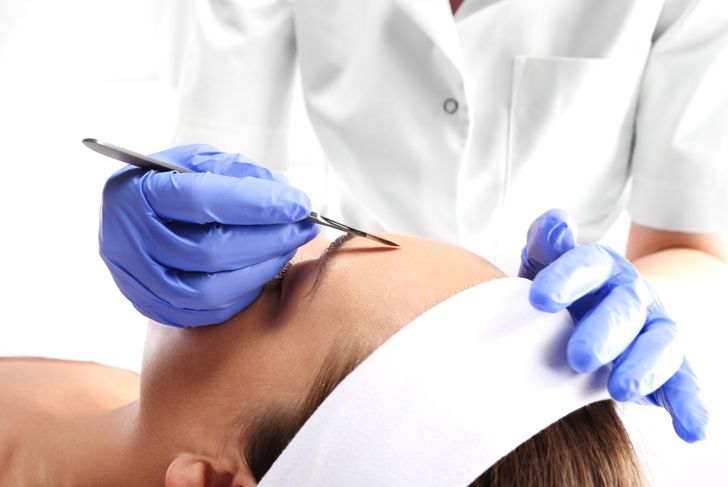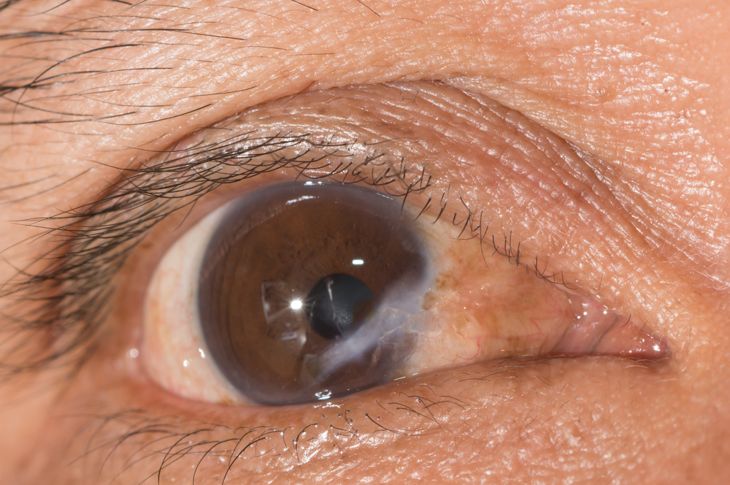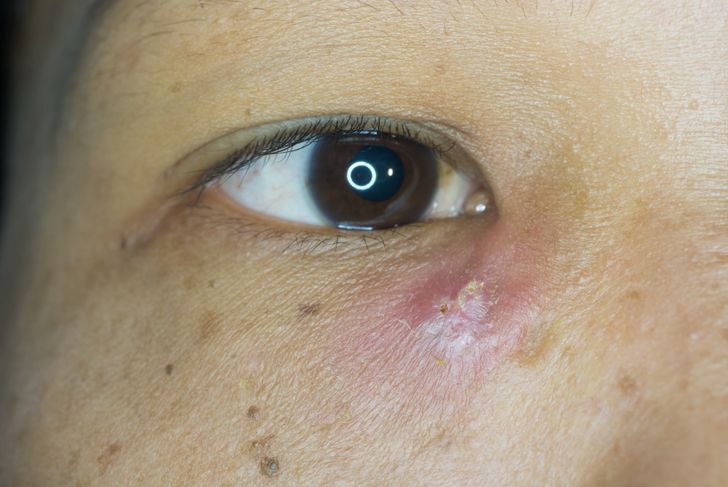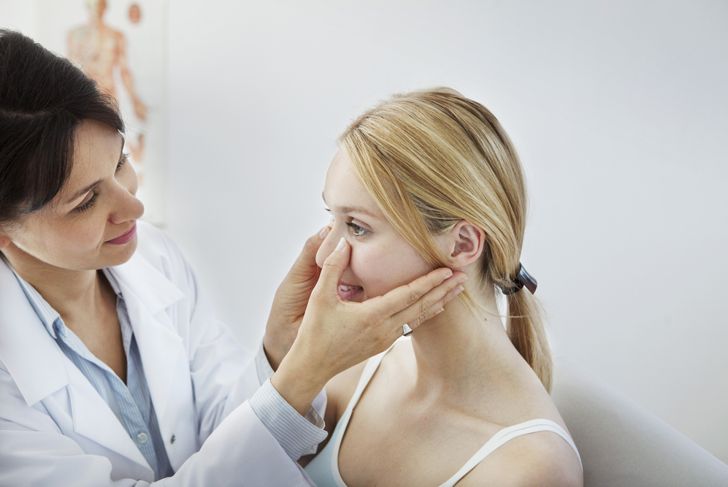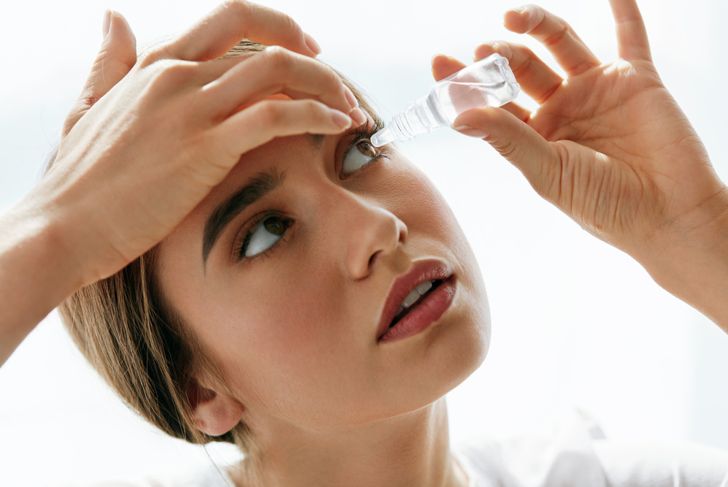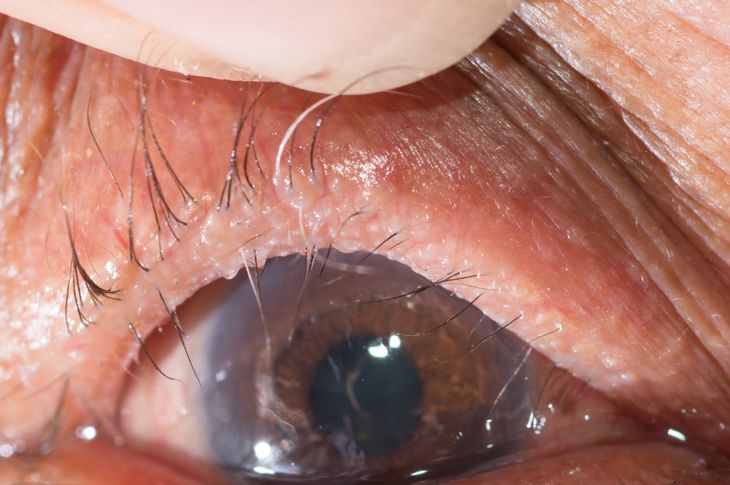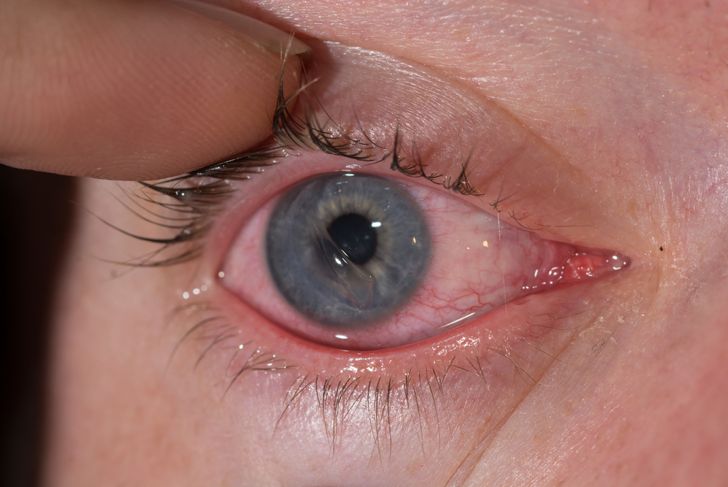Epiphora, or “watery eyes”, has several causes, Most commonly found in children and older people, epiphora can affect anyone. Watery eyes are normal tears that aren’t properly draining from your eye. Although Epiphora isn’t a life-threatening condition, it can be uncomfortable and embarrassing for the sufferer. Tears are necessary for the health of your eye and provide necessary moisture. For Epiphora sufferers, excess tears spill over onto the face, instead of draining through the nasolacrimal system. The excess tears may make it difficult to see and could affect the ability to drive safely.
Cause: Blocked Tear Ducts
Babies have thick tears, which cause buildup in their tear ducts. For older people, tear ducts may become clogged, thus leading to watery eyes. Many clogged tear ducts can be cleared at home, using simple massage. Using a clean, warm, damp cloth, gently rub the tear duct (located in the inside corner of the eye) in a circular motion several times a day. Eventually, the clog will work itself out. Be careful – sometimes the clogged tear duct can become infected, causing sore, red skin between the eyes and nose.
Cause: Problem with eyelashes or eyelids
As we age, our eyelids turn inward, sometimes scratching the surface of the eye and making it watery. This is called entropion and can be remedied by surgery. Your eyelids turn outward as you age, becoming more relaxed. In this case, the ears drop outside the eye, instead of draining into the tear ducts. It isn’t a painful condition, but the watery eyes can be distracting. This condition is called ectropion, and also requires surgery to fix.
Cause: Allergic Conjunctivitis
Epiphora can be caused by the presence of allergens in the body or contact between the allergen (pollen, animal dander, e.g.) and the eye. The eyes become sore and inflamed. Your body begins to produce histamine through the mast cells, causing your blood vessels to dilate. This irritates the nerve endings in the eye, causing redness and excessive tear production. Allergens cause the immune system to overreact, also, and excess watering of the eyes to flush out the substance. Hay fever or allergic rhinitis can also cause seasonal epiphora.
Cause: Damage to the cornea or surface of the eye
A corneal abrasion can cause epiphora, in response to the damage to the eye. These can occur by contact with a foreign object, which tears the outer surface of the eye. Corneal abrasions can also occur by scratching or rubbing the eye too hard. Corneal abrasions can cause gritty feelings, soreness, and epiphora, excessive watering of the eyes. The irritation of the cornea causes your eye to produce more tears.
Symptom: Discernable clog in tear duct
An ophthalmologist can determine whether a tear duct is clogged by manually probing the duct. Your lids will be examined, and the space between the eye and the nose, called the punctum, palpitated. Recurrent eye infections, such as pinkeye, can also be caused by a clogged tear duct. You may see pus or crust at the corner of the affected eye, as well as the excessive watering of Epiphora. A clogged tear duct may also be the result of injury or trauma. Your physician will ask if there was recent trauma to your face and eye.
Treatment for clogged tear duct in babies
Treating clogged tear ducts in babies typically involves gentle massage with a warm compress. Using a circular motion, gently pressing on the affected area. This will help clear out any accumulation of thickened tears as well as keep the tear duct as clear as possible. Generally, as babies grow, their tear ducts will open up as their drainage system develops. If a tear duct doesn’t open up on its own, then the child’s pediatrician will probe the duct to remove any blockage. The doctor will insert a thin metal probe into the affected duct(s), opening up the tissue. Expect to see bloody fluid drain for a few hours after the procedure.
Treatment for clogged tear ducts in adults
Surgical treatment of clogged tear duct in adults is called dacryocystorhinostomy. It involves creating a new route for the tears to drain from the eye, usually straight into the nose. If an adult’s clogged tear duct from childhood hasn’t cleared up on its own, then this procedure is used. The surgery can either be performed endoscopically or externally. A small probe will create the new route for tears, and a small plastic tube placed inside it. This tube remains in for about two to three months and will be removed after the tissue has healed.
Treatment of Allergic Conjunctivitis
Epiphora caused by allergies can be treated with a variety of over-the-counter antihistamine medications. These include pills and nasal sprays, as well as certain kinds of eye drops. The eye drops would have anti-inflammatory properties to reduce the redness and swelling associated with epiphora. Cold compresses can also help with epiphora caused by allergic conjunctivitis. Avoiding the allergen(s) that cause excessive watering of the eye is another treatment. Keep ing your home clean and free of dust, and making sure that your heating and cooling vents have clean filters. Keep your windows closed and avoid going outdoors when the pollen count is high.
Treatment of entropion
Entropion requires surgery to fix. This usually involves tightening of the eyelid and removing the curvature that irritates the eye and epiphora. Before and after surgery, careful cleaning of the eyelid is necessary to prevent eye infections from occurring. If you choose not to have surgery, eye drops that have a mild lubricant can help reduce redness and irritation. This isn’t a permanent solution to the curving of the eyelid onto the eye, but it can help reduce soreness.
Treatment for corneal abrasions
Corneal abrasions typically heal within a few days, although the epiphora is a reaction to the trauma, rather than the cause. Avoid touching your damaged eye if at all possible, and have your physician or ophthalmologist check for hidden damage. You may not be able to use over the counter medication for epiphora if you have corneal damage, as that could cause further irritation.

 Home
Home Health
Health Diet & Nutrition
Diet & Nutrition Living Well
Living Well More
More